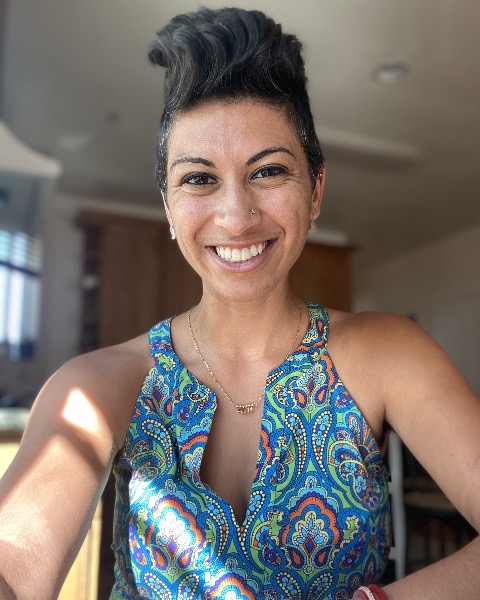Medical Education: Resident
Medical Education 16: Potpourri 1
522 - Improving Resident Confidence and Competence in Pediatric Infectious Disease: A Multicenter Evaluation of Dedicated Rotations
Monday, May 1, 2023
9:30 AM - 11:30 AM ET
Poster Number: 522
Publication Number: 522.424
Publication Number: 522.424
Danielle Nahal, Lucile Packard Children's Hospital Stanford, San Mateo, CA, United States; Hayley A. Gans, Stanford University School of Medicine, Palo Alto, CA, United States

Danielle Nahal, MD (she/her/hers)
Fellow, Pediatric Infectious Disease
Lucile Packard Children's Hospital Stanford
San Mateo, California, United States
Presenting Author(s)
Background: Optimal curricular strategies for developing competency in subspecialty areas are poorly defined. Pediatric Infectious Disease (PID) is important in pediatric training as it is highly represented on board exams and in clinical practice, however gaps in ID knowledge and skills remain. Emerging data suggest that dedicated rotations may fill gaps in medical knowledge, patient care and communication skills for trainees.
Objective: The goal of this project is to assess the impact of a dedicated PID rotation on pediatric residents’ acquisition of infectious disease (ID) medical knowledge, and application of other Accreditation Council for Graduate Medical Education core competencies (CC), at two academic institutions.
Design/Methods: We are surveying pediatric residents from UCSF Benioff Children’s Hospital Oakland (BCH-Oak) and Stanford Children’s Hospital (SCH) who are participating in a dedicated PID rotation in the 2022-2023 academic year (BCH-Oak n=25; SCH n=32). Each resident completes surveys pre and post ID rotation. Surveys are based on CC of medical knowledge, patient care, and communication skills. Each survey includes: 1) Clinical management questions where comfort and confidence in ID clinical scenarios is ranked with a 5-point Likert scale, 2) A randomized set of ID-focused ABP board exam questions, and 3) Brief clinical scenarios for which empiric antibiotics are chosen. Data was analyzed using t tests.
Results: Twenty-nine residents have participated in PID rotations as of January 2023 (BCH-Oak n=13, SCH n=16). Of those, 9/16 SCH rotators completed both assessments; 5/13 BCH-Oak rotators were assessed. Preliminary data at SCH comparing pre/post rotation means show an increase in residents’ comfort in caring for patients with a variety of ID conditions, including osteomyelitis (2.3 to 3.2) and refractory otitis media (2.3 to 3) (p = 0.001). The BCH-Oak data are limited, however pre/post rotation means show an increase in resident comfort averaged across conditions (2.9 to 3.3). SCH data also show increased confidence in application of skills including history taking for fever in travelers (2.6 to 3.3), explaining treatment plans to families (1.8 to 3.3) and teaching medical students (2.1 to 3.2) (p = 0.005).
Conclusion(s): Our preliminary data show that dedicated ID rotations facilitate meaningful gains both in residents’ comfort with ID medical knowledge, and in residents’ confidence in application of their knowledge through CC of patient care and communication, as well as teaching. These results suggest that dedicated rotations are a useful curricular intervention for subspecialty education.
